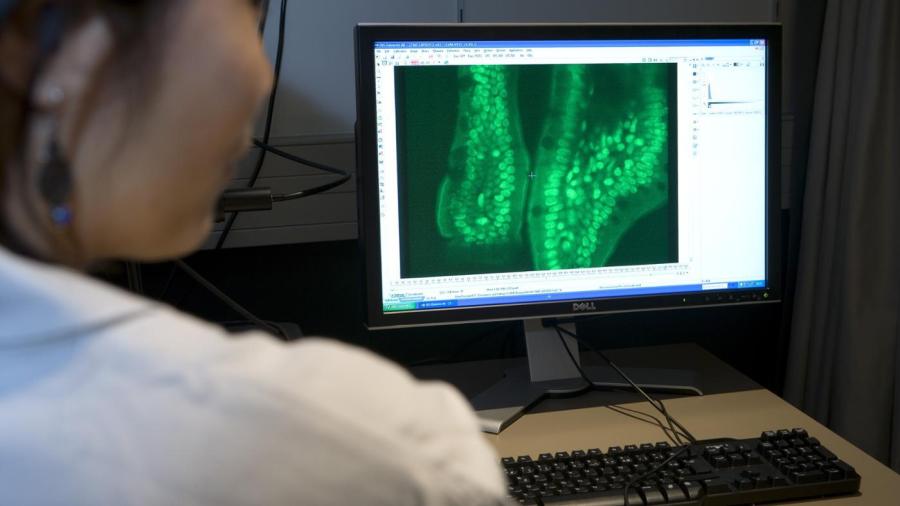What Is Cellular Organization?

Cellular organization refers to the components of a cell and how these individual parts are arranged within the cell. Cells are the smallest organizational levels of living organisms.
All animal cells contain four basic components. The exterior of a cell is known as the plasma membrane. Inside this layer in a liquid-like substance called cytoplasm, which contains all other cell components. The other two primary components of a cell are DNA and ribosomes. DNA molecules hold genetic information, while ribosomes are the primary sites for protein synthesis. Cells may or may not contain a nucleus as well. If this component is included, then the cell is called a eukaryotic cell. Prokaryotic cells, on the other hand, do not contain a nucleus.





